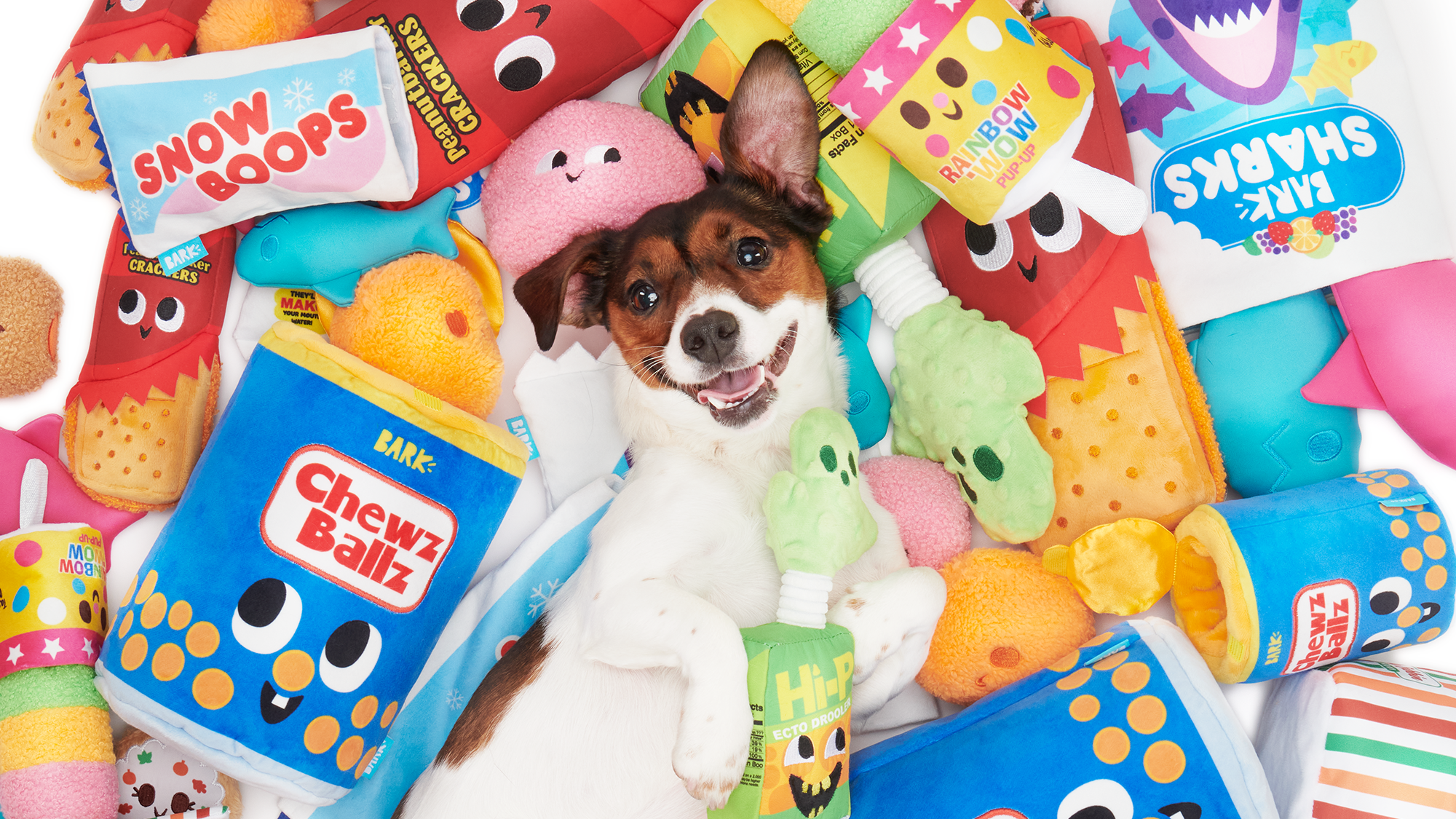Best cat litter: 5 tried and tested options that make scooping easier
Having the best cat litter makes scooping so much easier – here's what real pet parents recommend

Choosing the best cat litter is an important task, as it's something you'll be scooping every single day. It needs to be comfortable for your cat, control unpleasant odors, be easy to clean out of their box, and produce minimal dust for their health.
From corn and soy to quartz and clay, there are so many types of cat litter out there that picking the right one can feel like a challenge – not to mention all the terms like 'clumping' and 'tracking' that you may never have heard of before (but our glossary can help with!)
To save you time and money, I've rounded up my top picks of the best cat litter below – all of which have been tested by the PetsRadar review panel – with World’s Best Cat Litter crowned as the winner. You'll also find expert advice from Dr Rebecca MacMillan on what vets recommend (and what they advise you to avoid!).
The best cat litter
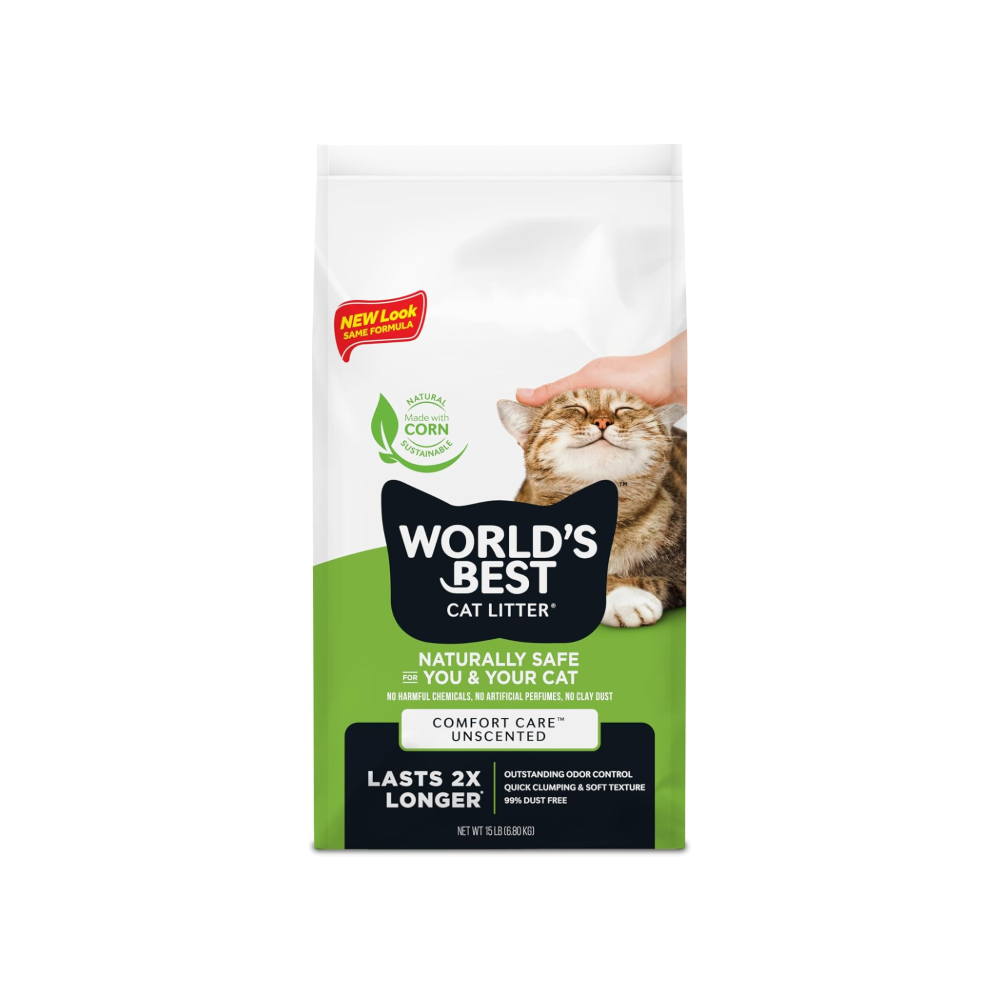
Best cat litter overall
The biodegradable formula, made from all-natural, renewable corn granules, works by turning waste into small clumps that can be easily scooped out without sticking to the sides or bottom of your cat’s litter tray.
It also contains natural odor-absorbing additives, which are great if you have an indoor cat and are worried about filling your home with your least favorite eau de parfum scent.
Our tester Rebecca says: In my experience, World‘s Best Cat Litter is the best! Not only is it low tracking and keeps the bathroom smelling fresh, but it's also safe for cats due to the minimal dust it creates."
Corn litter has a slight earthy scent that some pet parents and cats find unappealing, so if you think this might bother you, consider choosing Catsan Hygiene Litter instead.
Reasons to buy: Clumping, dust-free, flushable, sustainable, chemical-free, biodegradable
Reasons to avoid: Earthy smell
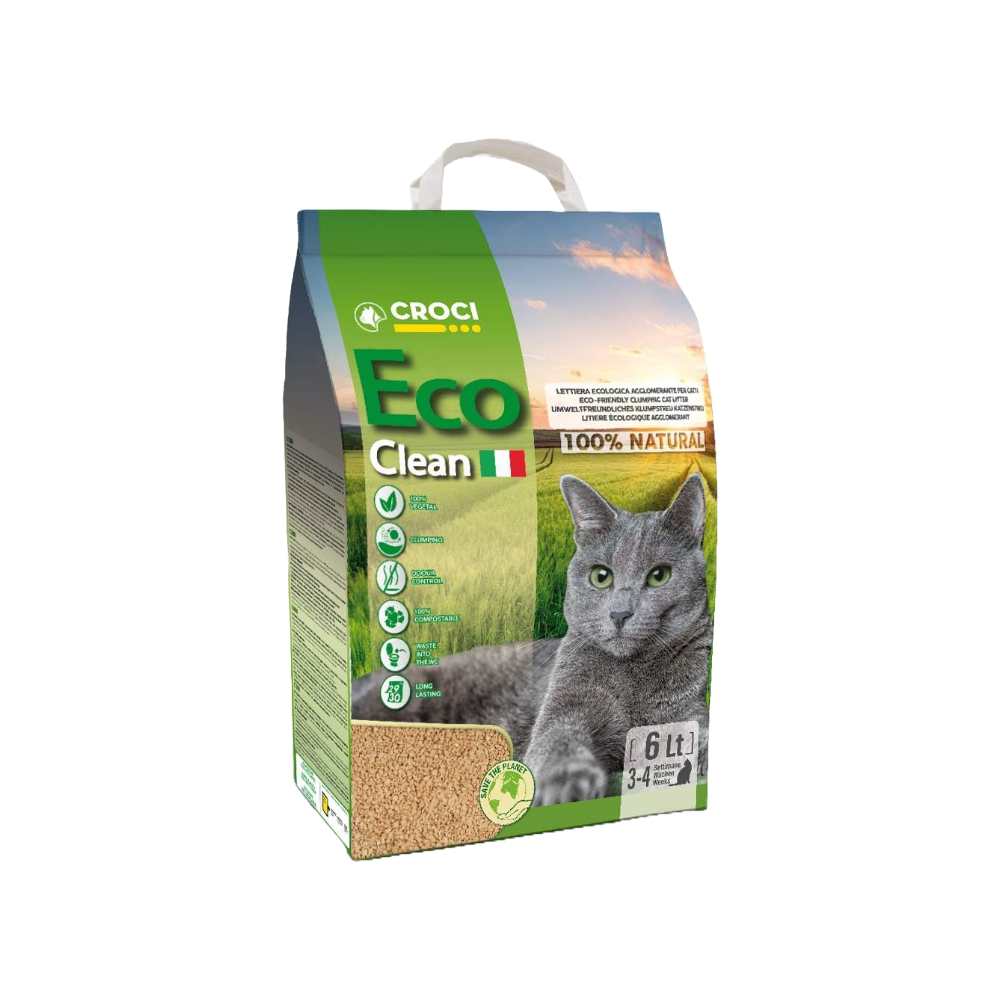
Best barley cat litter
This eco-friendly cat litter is made from natural barley and active yeast, making it flushable, biodegradable, and compostable. The clumping formula makes cleaning my cat's litter box a breeze, as the wet patches stick together in easy-to-remove balls.
Although it's unscented, it does a fantastic job of controlling unpleasant odors when changed frequently, and I've found it to be very absorbent. I experienced normal levels of litter tracking, but this mat from Amazon reduced it significantly.
Since it's completely natural, CROCI explains that it doesn't release any harmful dust that can cause lung and respiratory problems in cats – unlike some mineral options out there.
It's a little pricier than other options in this guide, so if you're on a budget, we'd opt for the Armer and Hammer Plant Power or World's Best Cat Litter instead.
Reasons to buy: Flushable, biodegradable, compostable, clumping
Reasons to avoid: Most expensive option
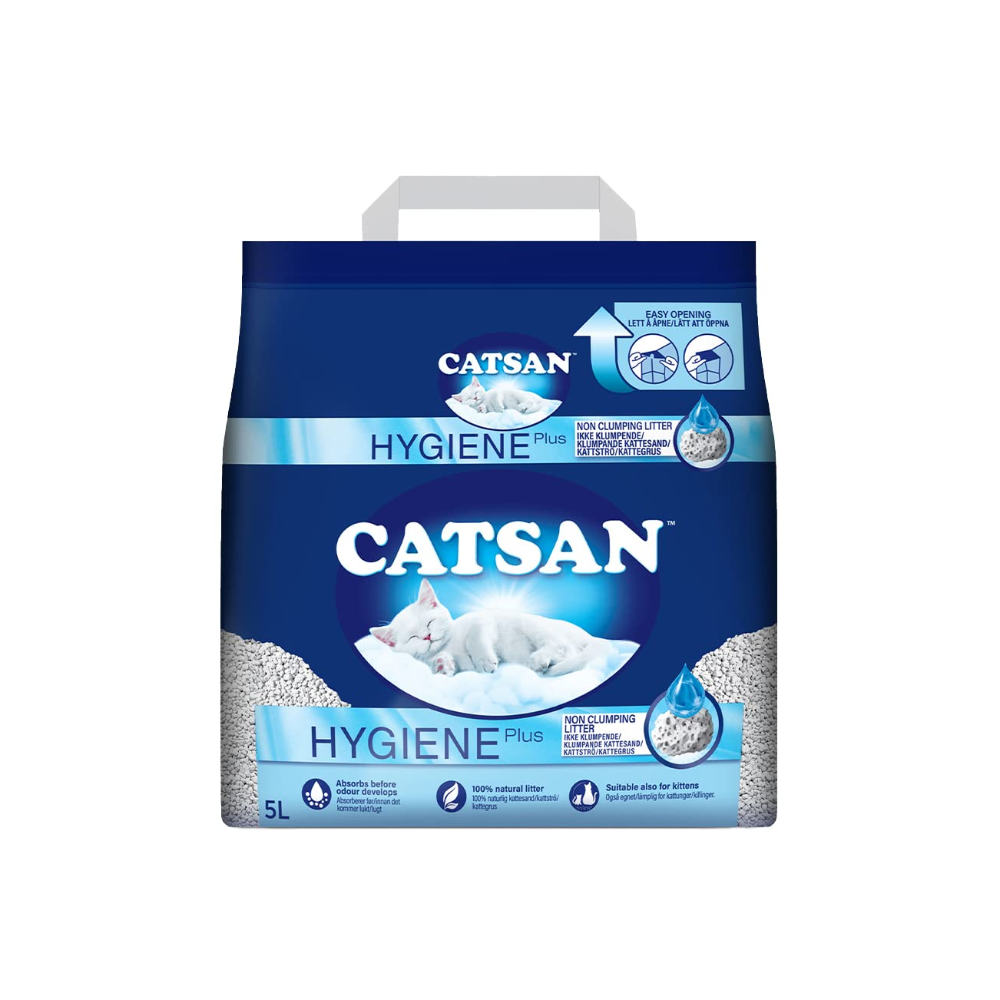
Best quartz cat litter
After asking my colleagues and friends about their favorite cat litter, Catsan Hygiene Litter came up multiple times, earning praise for how easy it is to vacuum off the floor and manages bad smells.
Made from highly absorbent natural quartz, this litter traps odors before they even develop and soaks up moisture to keep your cat's box as clean as possible. If you have a kitten, you'll be pleased to know that this litter is suitable for felines of all ages and doesn’t contain any harmful chemicals.
It’s worth bearing in mind that this isn’t a clumping formula, which some pet parents find a little trickier to clean. Others, however, find that it’s more absorbent and contains less dust. This really comes down to personal preference, but if that’s an issue, I’d recommend World’s Best Cat Litter instead, which does clump.
Reasons to buy: Low dust, bleach-free, controls odor
Reasons to avoid: Non-clumping, not biodegradable or flushable
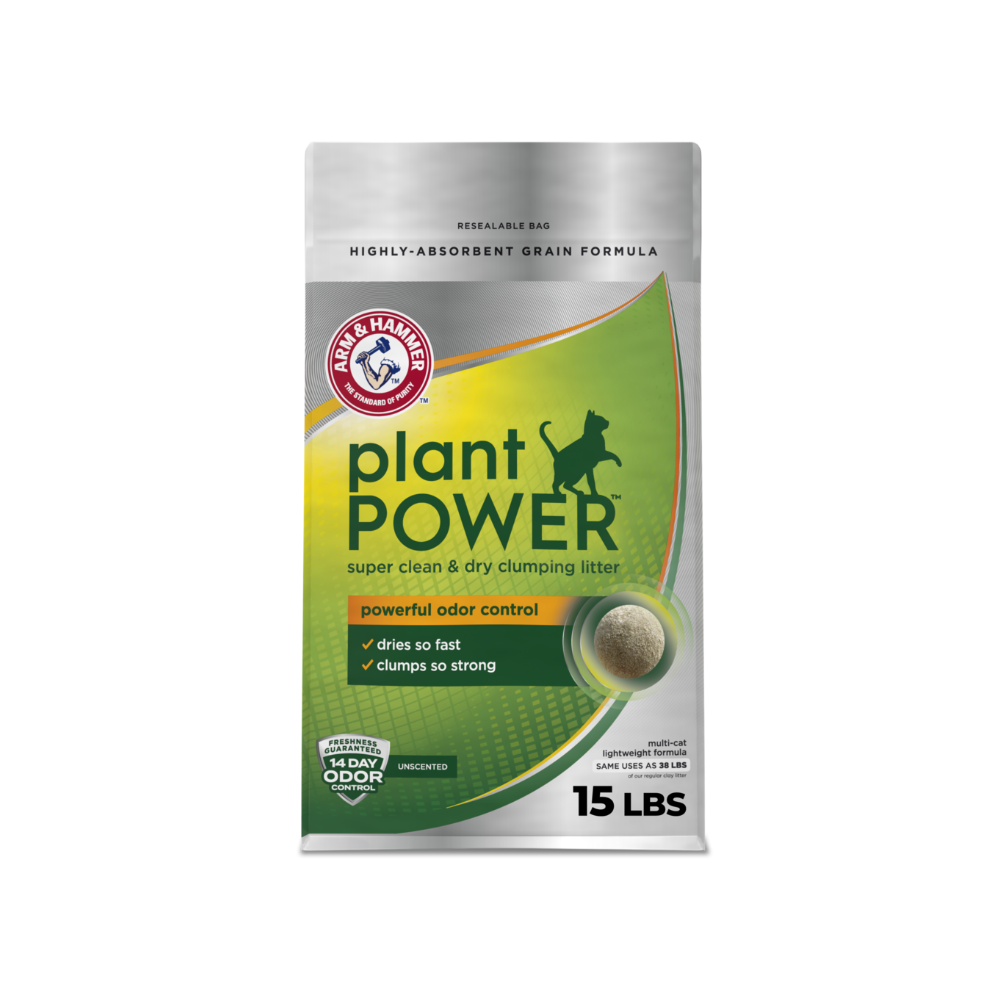
Best corn and wheat cat litter
This fast-drying cat litter comes with a 14-day odor control promise, and while we wouldn’t recommend leaving their box uncleaned for that long, that’s a pretty impressive claim!
Made from renewable corn and wheat grown on US farms, this litter is super absorbent and produces low levels of dust which is better for your cat's health.
And thanks to the clumping formula, it’s easy to spot-clean the litter box, as any wet patches form a ball that’s quick to scoop out.
The only downside is that it’s not biodegradable, so if that's important to you, we’d recommend Croci Eco Clean Litter or World's Best Cat Litter, which are.
Reasons to buy: Clumping, made from sustainably grown corn and wheat, 14-day odor control
Reasons to avoid: Limited size options, not biodegradable or flushable
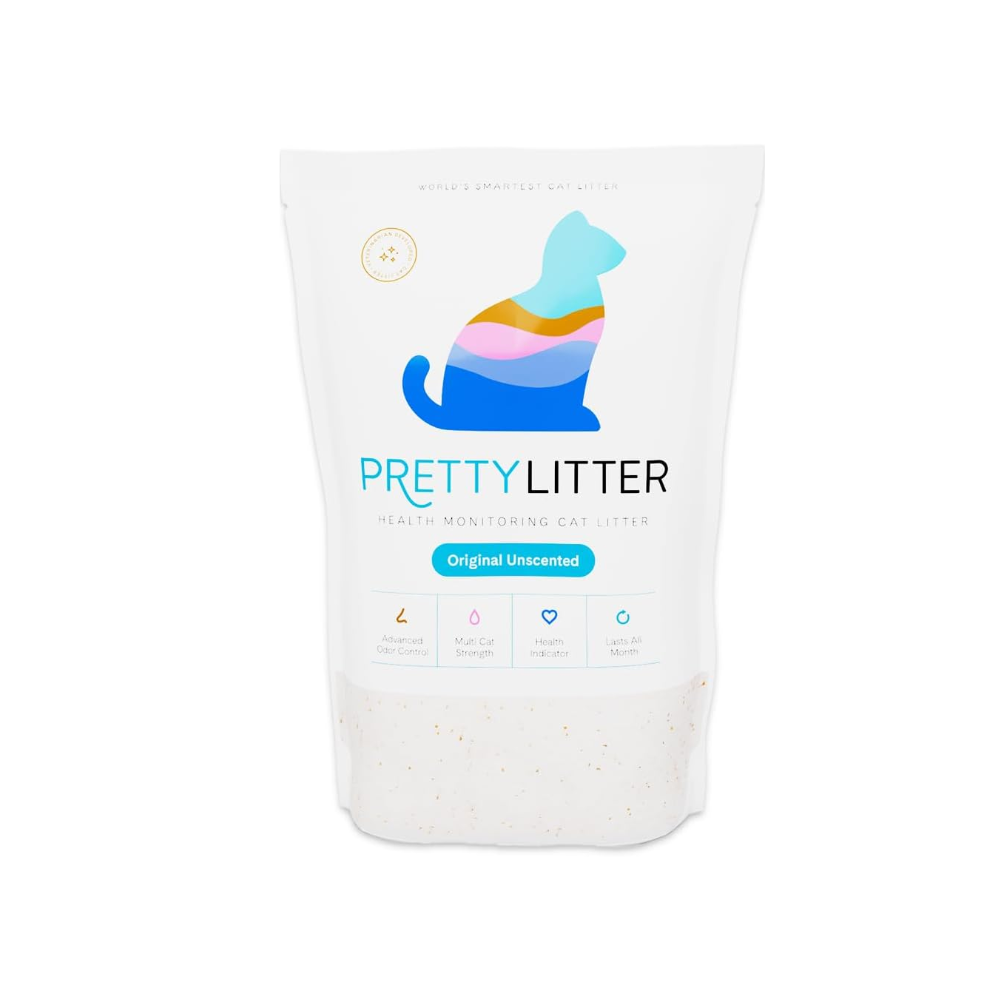
Best cat litter for health monitoring
This color-changing cat litter can detect signs of health problems by showing abnormal acidity and alkalinity, as well as the presence of blood in your cat's stool. This can be life-saving for detecting serious conditions early and helping your cat get treated as soon as possible.
Our tester Quinn says: "PrettyLitter has been my absolute favorite cat litter for two reasons: it traps odor incredibly well making smell a non-issue, and the way urine is absorbed makes cleaning the litter box exponentially easier than having to scoop out multiple clumps per day. The lack of dust is also a huge plus and the color-changing health monitoring is an innovative added bonus."
He says the higher price point is worth it for the quality, but if you're not looking to spend that much, we’d recommend the Armer and Hammer Plant Power instead.
Reasons to buy: Changes color at signs of illness, low dust, absorbs odor
Reasons to avoid: Not biodegradable or flushable, a little expensive
Photos from testing

World's Best Cat Litter
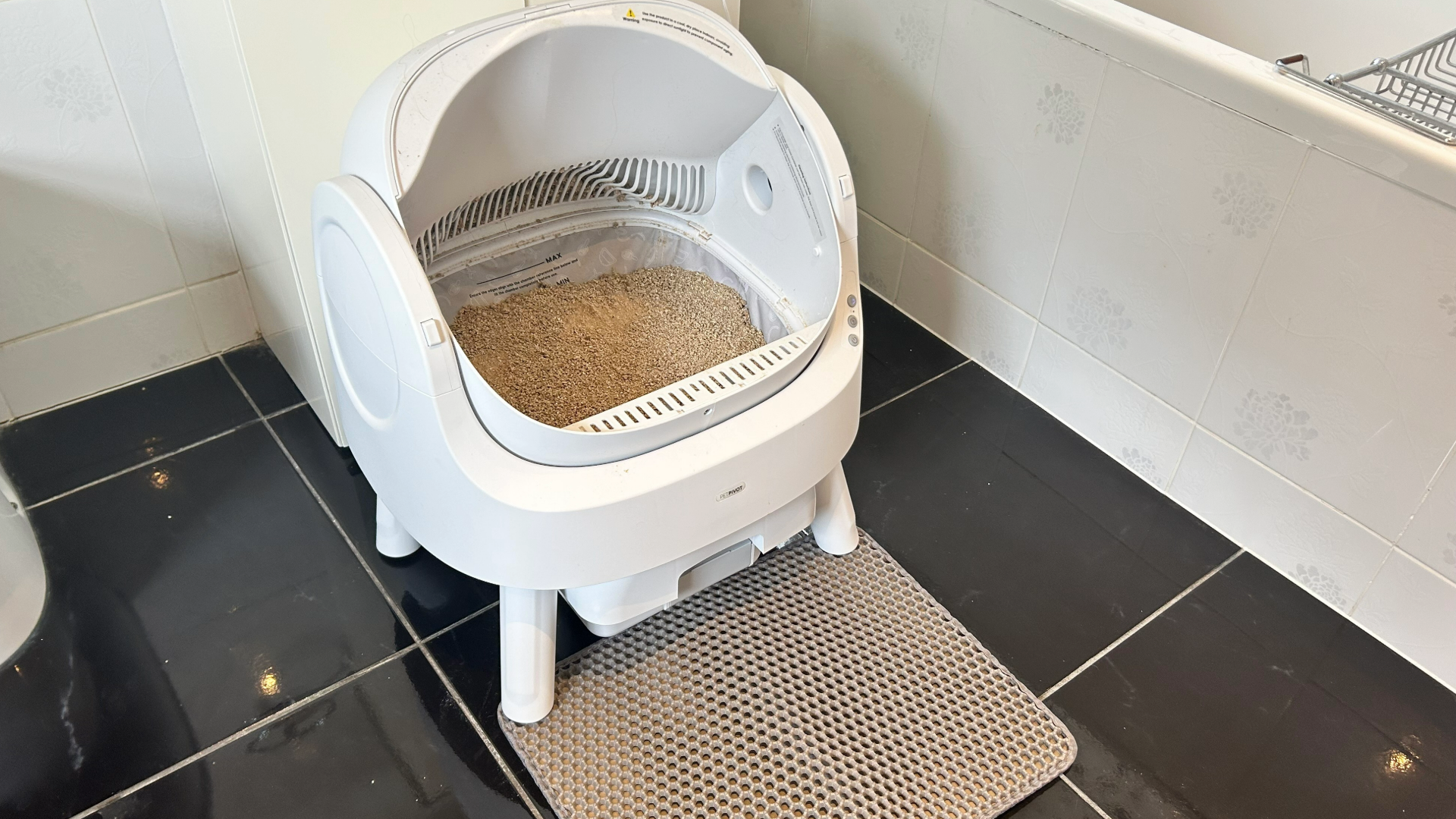
CROCI Eco Clean Cat Litter
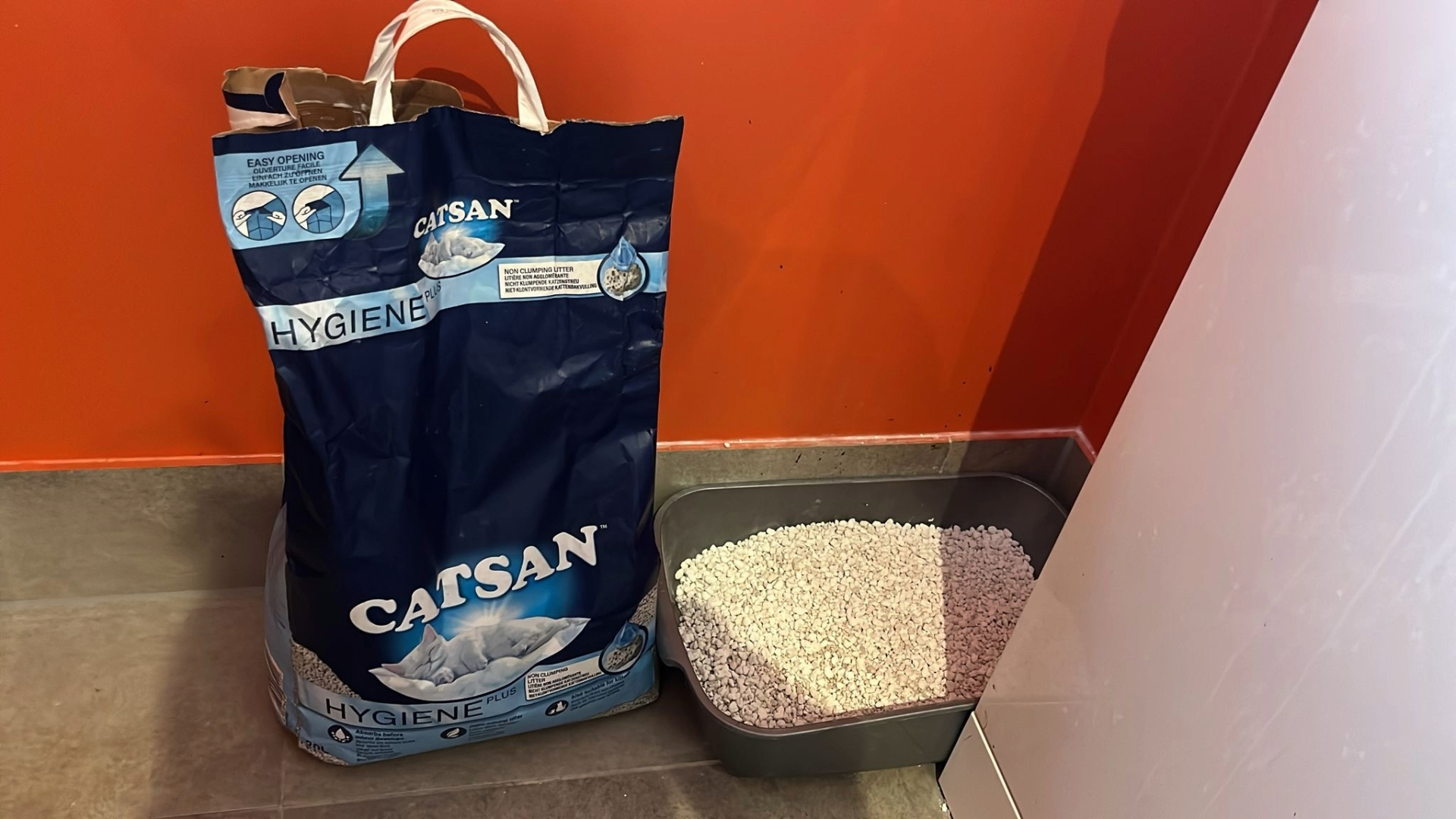
Castsan Hygiene Cat Litter

Arm and Hammer Plant Power
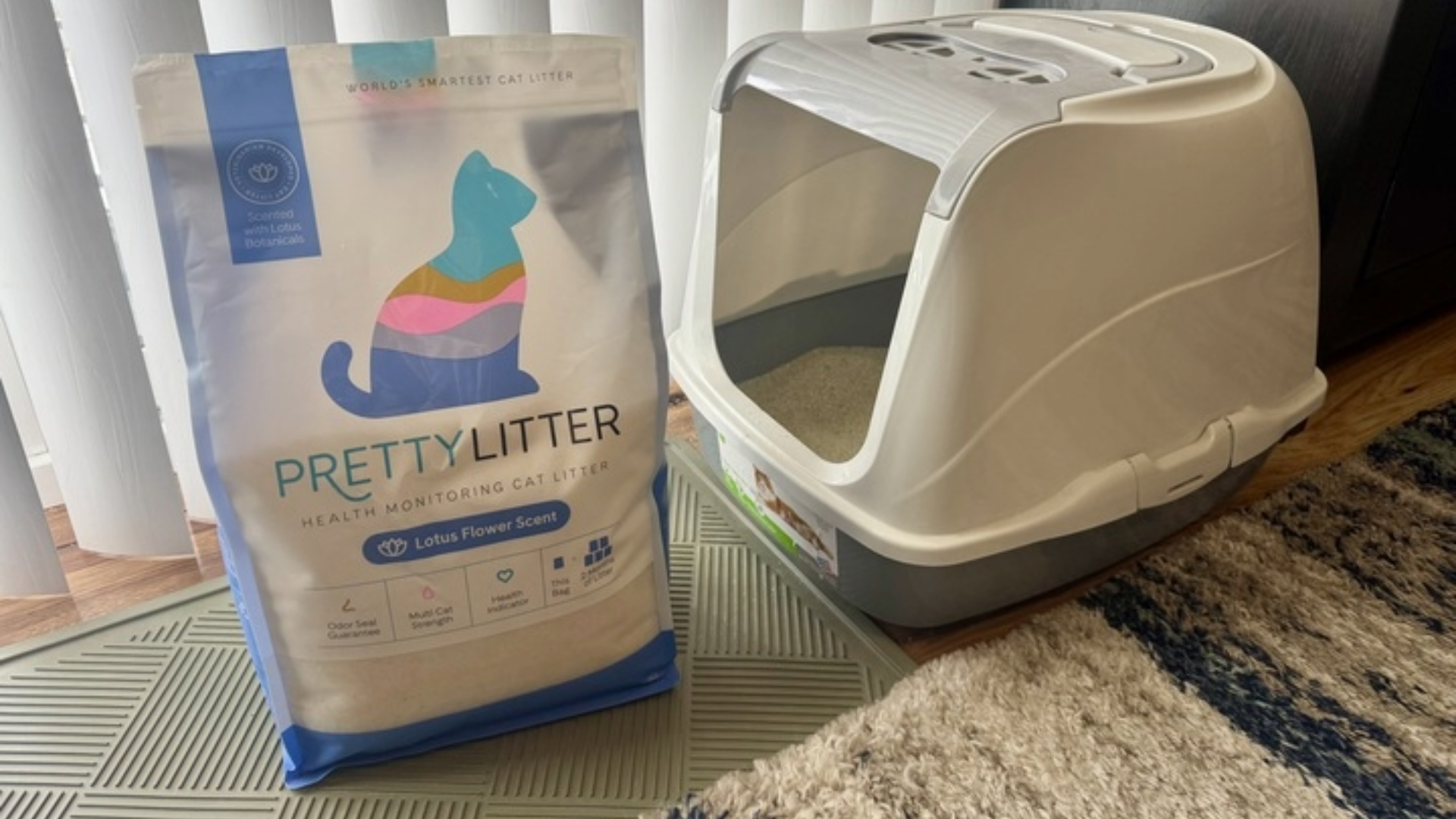
Pretty Litter
Other cat litter to consider
Tigerino Crystals Silicate Cat Litter
Why you can trust PetsRadar
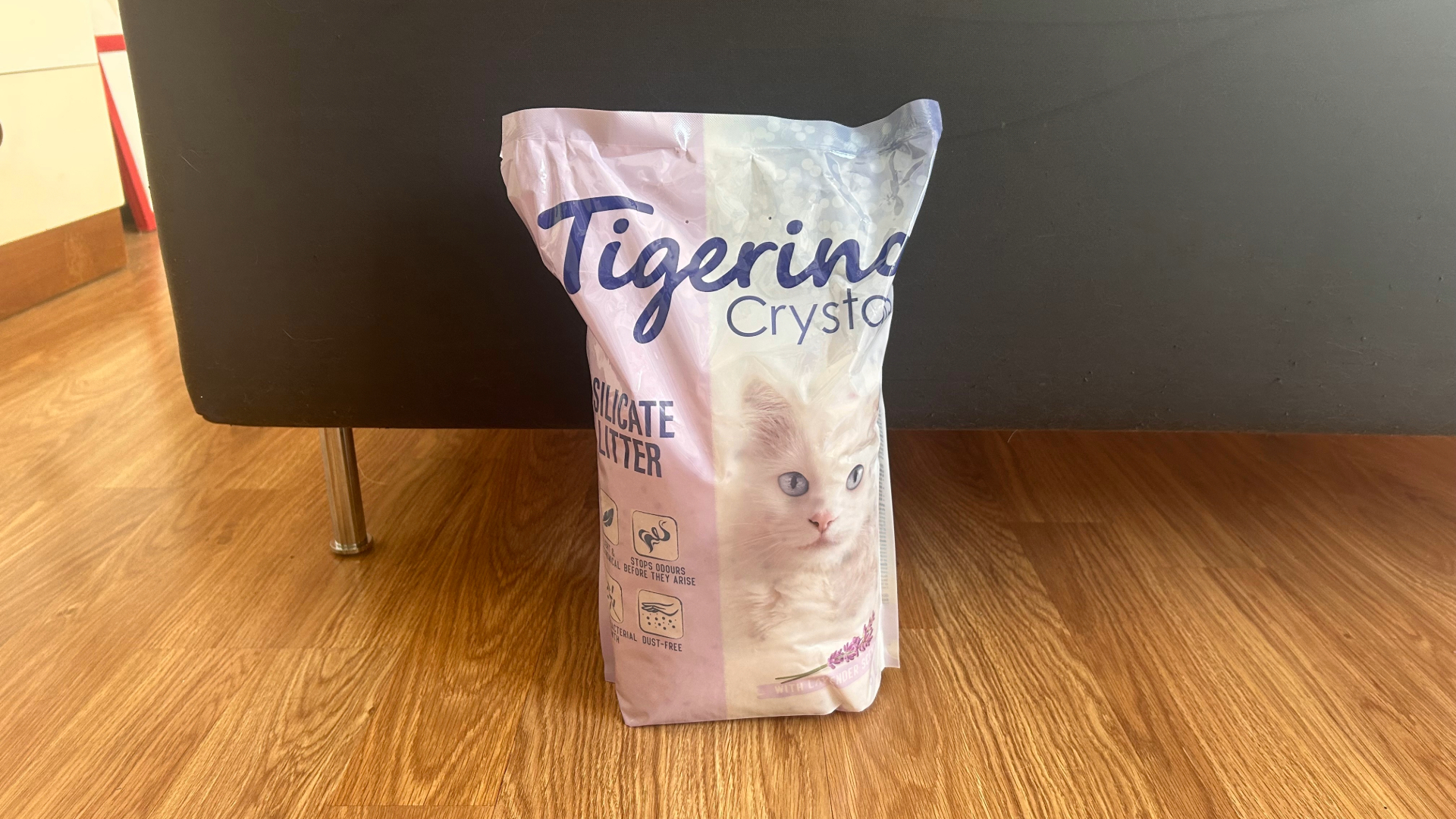
Considering this cat litter is unscented, it does a brilliant job of locking in odors, and I barely ever catch a whiff of anything unpleasant. However, I often find the crystals scattered across my bathroom floor, and they're almost impossible to vacuum up due to their hard texture.
How we tested the best cat litter
To find the best cat litter, I researched Amazon, Chewy, and Petco for top-rated products and read what reviewers had to say about them. I also consulted fellow pet parents (friends, family, and colleagues) to see what they’re currently using and whether they would recommend it for the guide.
After taking their advice on board and selecting a range of litters, the PetsRadar review panel put them to the test, taking the following into consideration:
- Smell: Did the cat litter trap unpleasant odors?
- Ease of cleaning: How easy was the litter to clean? Did it have a clumping formula that made wet patches easier to spot?
- Litter tracking: Did litter get stuck on your cat’s paws and spread around your home?
- Affordability: Is the litter good value for money and worth the price? Does it come in a range of sizes that allow you to buy in bulk?
- Eco-friendly: Is the cat litter made from natural materials? Is it biodegradable or compostable?
For more information about our process, read our dedicated page on how we test.
Who tested the best cat litter?
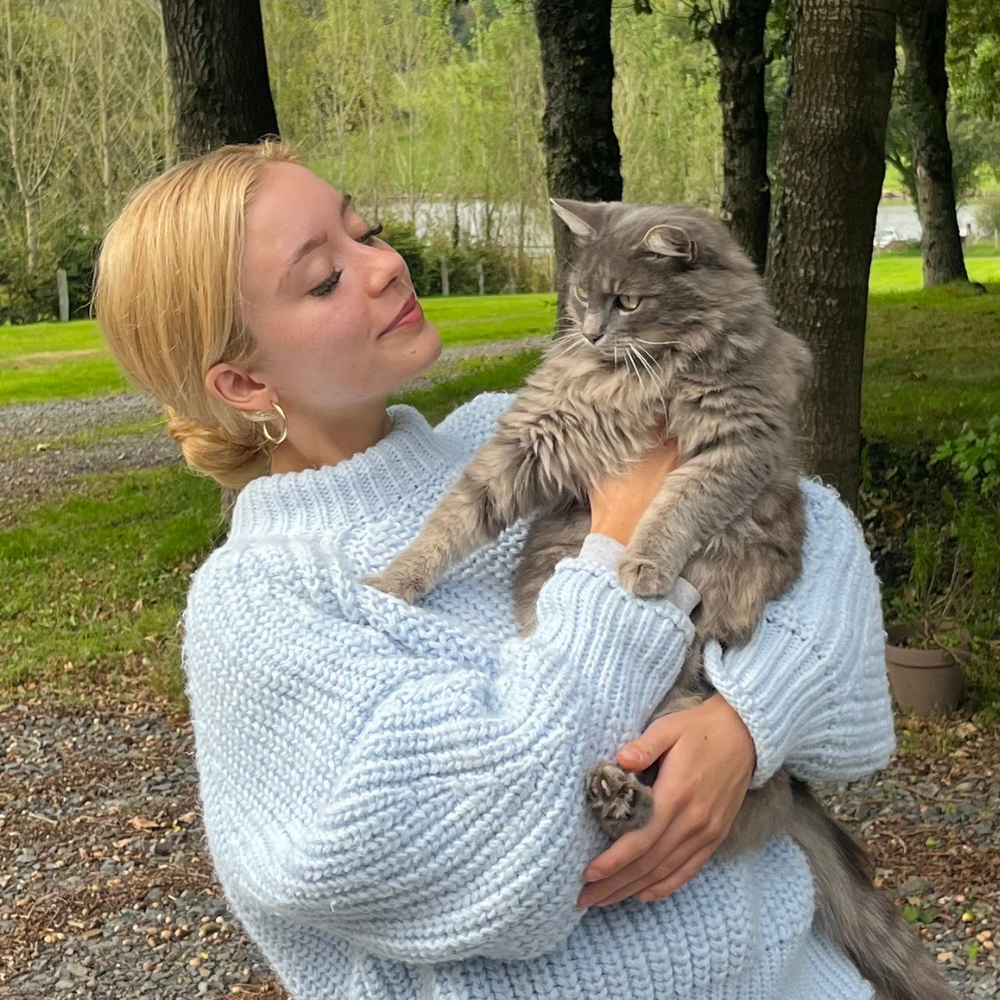
Megan Milstead, Staff Writer
I tested the CROCI Eco Clean Cat Litter and Tigerino Crystals Silicate Cat Litter.
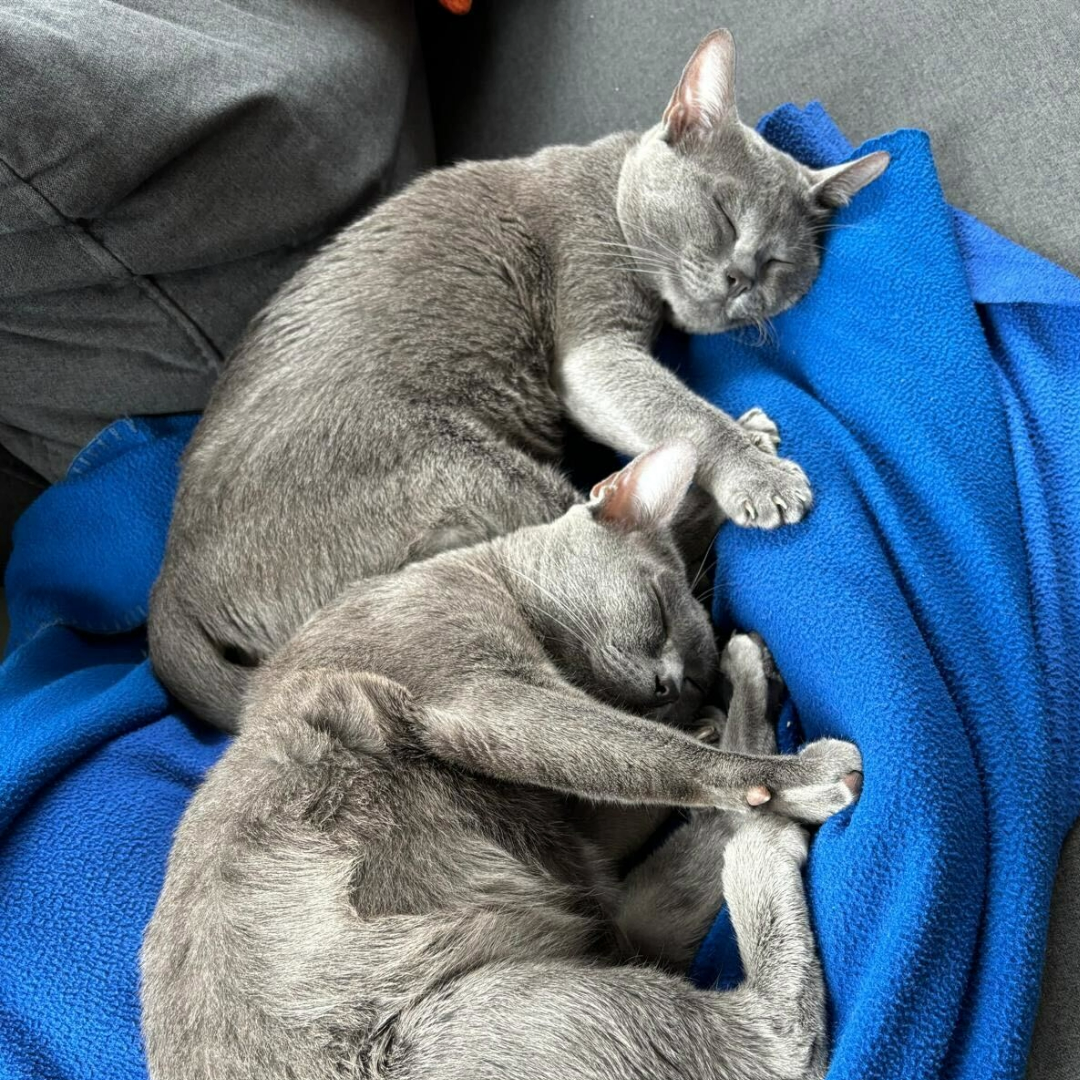
Philip, tester
Phillip tested the Catsan Hygiene Cat Litter with his cat's Ava and Bella (pictured).
How to choose the best cat litter
As pet parents it can be easy to focus our attention on the choices we feel are most important, things like food, beds and toys, but there’s a lot more to cat litter than meets the eye and finding the best fit for your kitty is key. Plus, cleaning out the litter tray isn’t a fun job – but it can be made a little more pleasant with a good choice of cat litter.
1. Smell
If you want your home to smell more citrus fresh and less cat mess, then an odor-eliminating litter is likely to be top of your list. You can choose from scented or unscented options, but keep in mind that many cats are sensitive to strong scents. In terms of ingredients, look for things like carbon, silica or naturally derived plant-extracts which do a great job of absorbing and neutralizing odors.
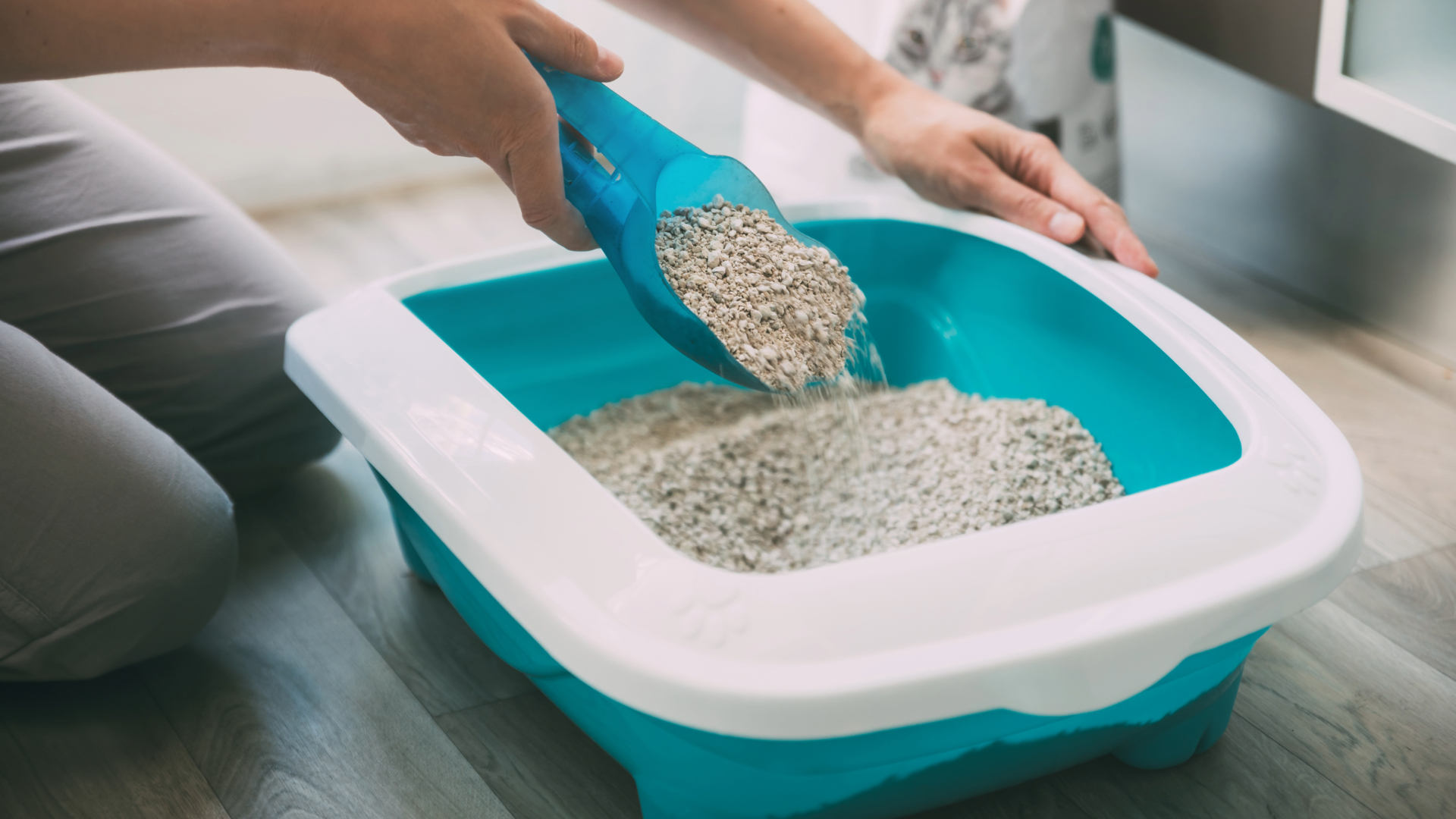
2. Clumping vs non-clumping
Clumping litter tends to be the most popular because it forms lumps when wet making it easy to scoop out your cat’s waste. If you’re environmentally conscious, though, and want a flushable or compostable litter then non-clumping litters are a better choice.
3. Materials
Experiment with different types and textures to see what your cat prefers. Clay-based litters are great for scooping and generally the most affordable, but they can produce a lot of dust, which isn’t great for cats with respiratory problems.
Litters that are biodegradable and made from things such as corn or wood are great for the environment, but they usually don’t clump, so cleaning your cats box or tray can be a messier job. Finally, crystals do a fantastic job when it comes to absorption and can last up to a month before they need changing but they can be more expensive than other options.
Still feeling unsure? Here's a round-up of the best cat litters mentioned in this guide:
| Header Cell - Column 0 | Price* | Material | Special feature |
|---|---|---|---|
$1.58 per lb | Corn | Sustainably grown, biodegradable, and flushable | |
$9.65 per lb | Barley and yeast | Biodegradable, compostable, and flushable | |
$2.46 per lb | Quartz | Highly absorbent | |
$1.25 per lb | Corn and wheat | Sustainably grown and 14-day odor control | |
$5.22 per lb | Silica gel crystals | Color changing for health monitoring |
*Average price across all sizes
Cat litter glossary
Clumping | Litter that forms a clump when it comes into contact with liquid. |
Non-clumping | Litter that doesn't form a clump. |
Low-dust or dust-free | The litter contains few (or no) airborne particles, which can be harmful to both you and your cat’s health. |
Scented or unscented | Whether the litter has a fragrance or not. |
Tracking | When litter gets stuck to your cat's paws and is spread across the floor. |
Absorbency | How effectively the litter soaks up urine. |
What cat litter to avoid?
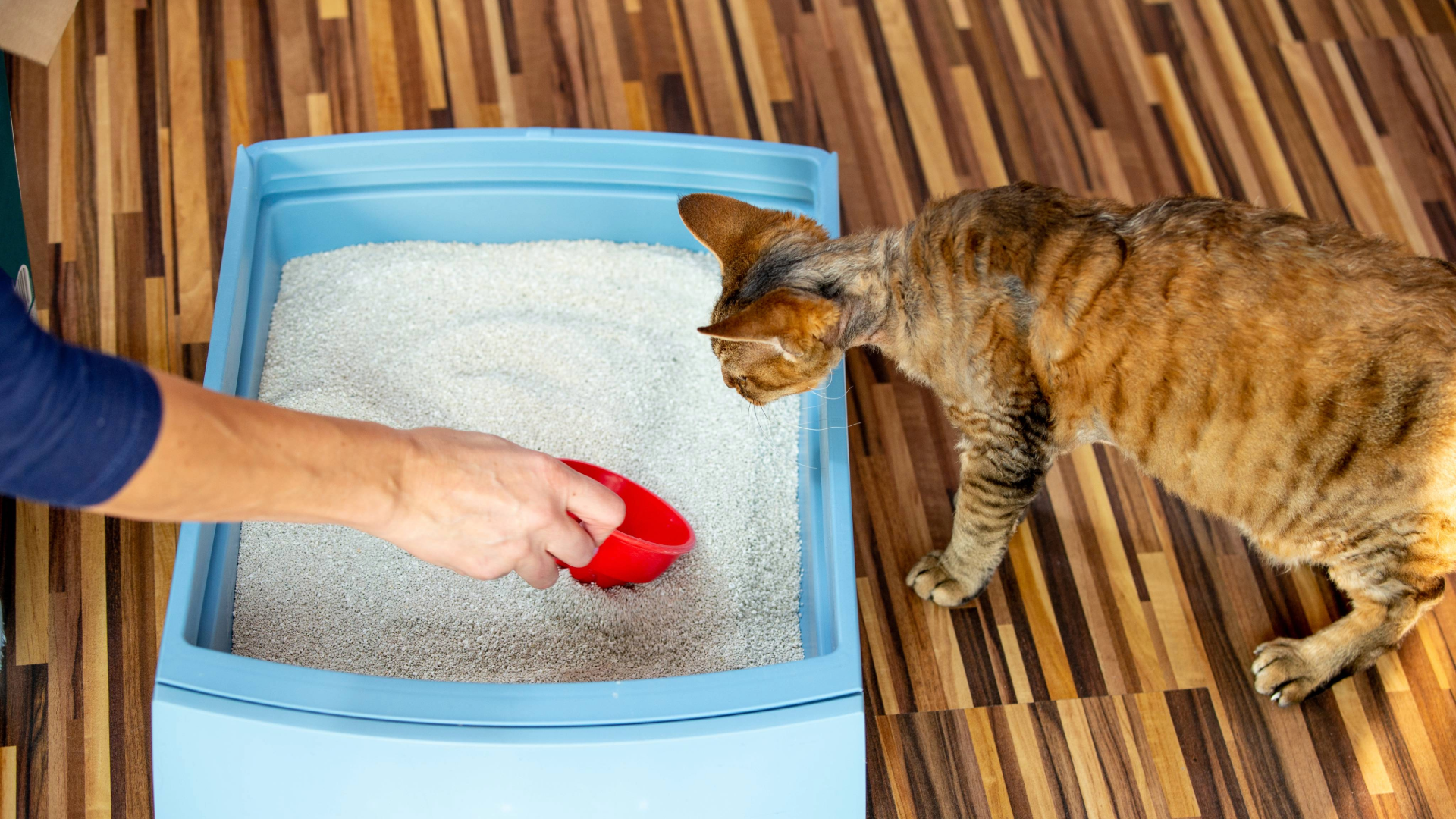
Are there any cat litters you should avoid? Dr MacMillan says to steer clear of heavily fragranced cat litters, as the strong scent might deter your cat from using them. That’s why all the options in this guide are unscented.
She also warns against dusty cat litter, which can cause respiratory issues such as sneezing and coughing – always opt for low-dust or dust-free options. While wood pellet litter is less likely to be tracked around your home and absorbs well, its coarse texture can be off-putting for some cats, so she wouldn’t recommend it in the first instance.
What cat litter do cats like best?
Dr MacMillan explains that since cats have an innate desire to dig and scratch when toileting, they usually prefer a fine cat litter that feels similar to sand or soil.
She says: "This means that they usually prefer a fine cat litter with a similar feel to sand or soil. Clay litter is good for this, but make sure to choose a low-dust or dust-free variety, as this will reduce the risk of them inhaling irritants while they dig. Cats also seem to prefer unscented litter.
"Cats do have individual preferences, however, which could be dependent on their past experience. Sometimes owners will need to experiment and try offering trays with different litter types to see which their cat prefers."
Want more recommendations? Read our round-up of the best cat litter subscriptions. Or, learn how often to change cat litter and the best cat litter hacks

Megan Milstead has been a Staff Writer at PetsRadar since 2023, covering buying guides, reviews, deals, and features. As a cat mom of four, she understands how having the best cat litter can make all the difference to how easy their box is to clean out. She holds a degree in Journalism from the University of Westminster, an Extended Diploma in Journalism from West Herts College, and is currently completing a pet behavior course through the University of Edinburgh. If you have any questions about the products featured in this guide, her emails are always open!
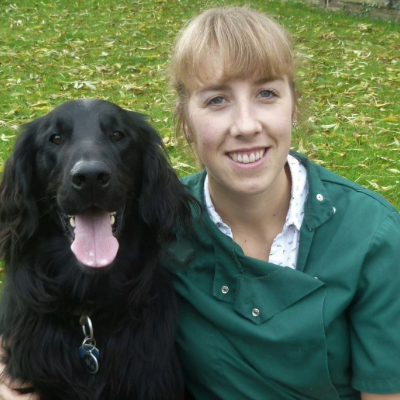
Rebecca is a veterinary surgeon who graduated in 2009 from the Royal Veterinary College in London. She has a wealth of experience in first opinion small animal practice, having done a mixture of day-to-day routine work, on-call emergency duties and managerial roles over the years. Rebecca enjoys medicine in particular and she is proud to have recently achieved a BSAVA postgraduate certificate in small animal medicine (with commendation).
Edited by Georgia Guerin.
We regularly review our buying guides to ensure the products are relevant, available and up to date. This page was last updated in August 2025 by Megan Milstead.
Get the best advice, tips and top tech for your beloved Pets

Megan is a Staff Writer at PetsRadar, covering features, reviews, deals, and buying guides. She has a wealth of experience caring for animals, having grown up with dogs, cats, horses, guinea pigs, and more throughout her life. She studied BA Journalism at the University of Westminster, where she specialized in lifestyle journalism and was editor of Smoke Radio’s lifestyle website. Megan works alongside qualified vets and accredited trainers to ensure you get the best advice possible. She is passionate about finding accurate and helpful answers to your pet-related questions.
- Dr. Rebecca MacMillanVet
- Kathryn WilliamsFreelance writer
